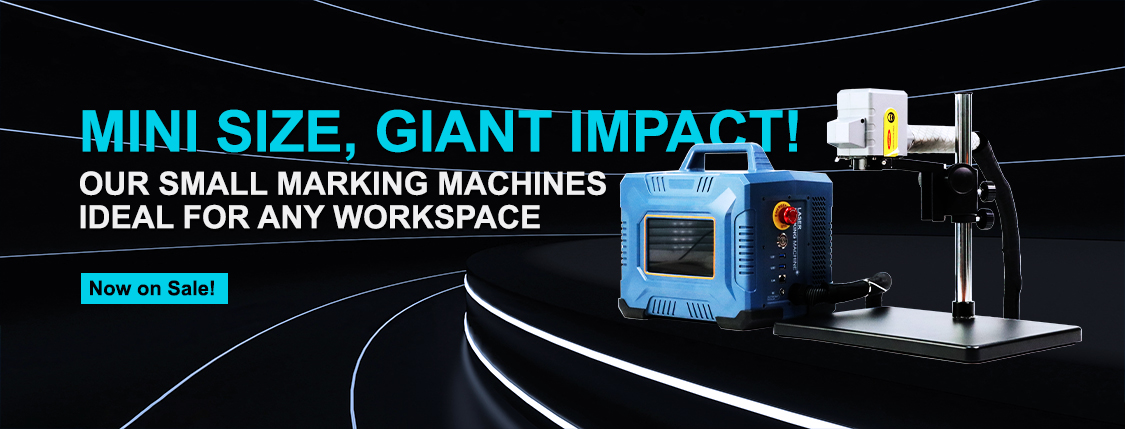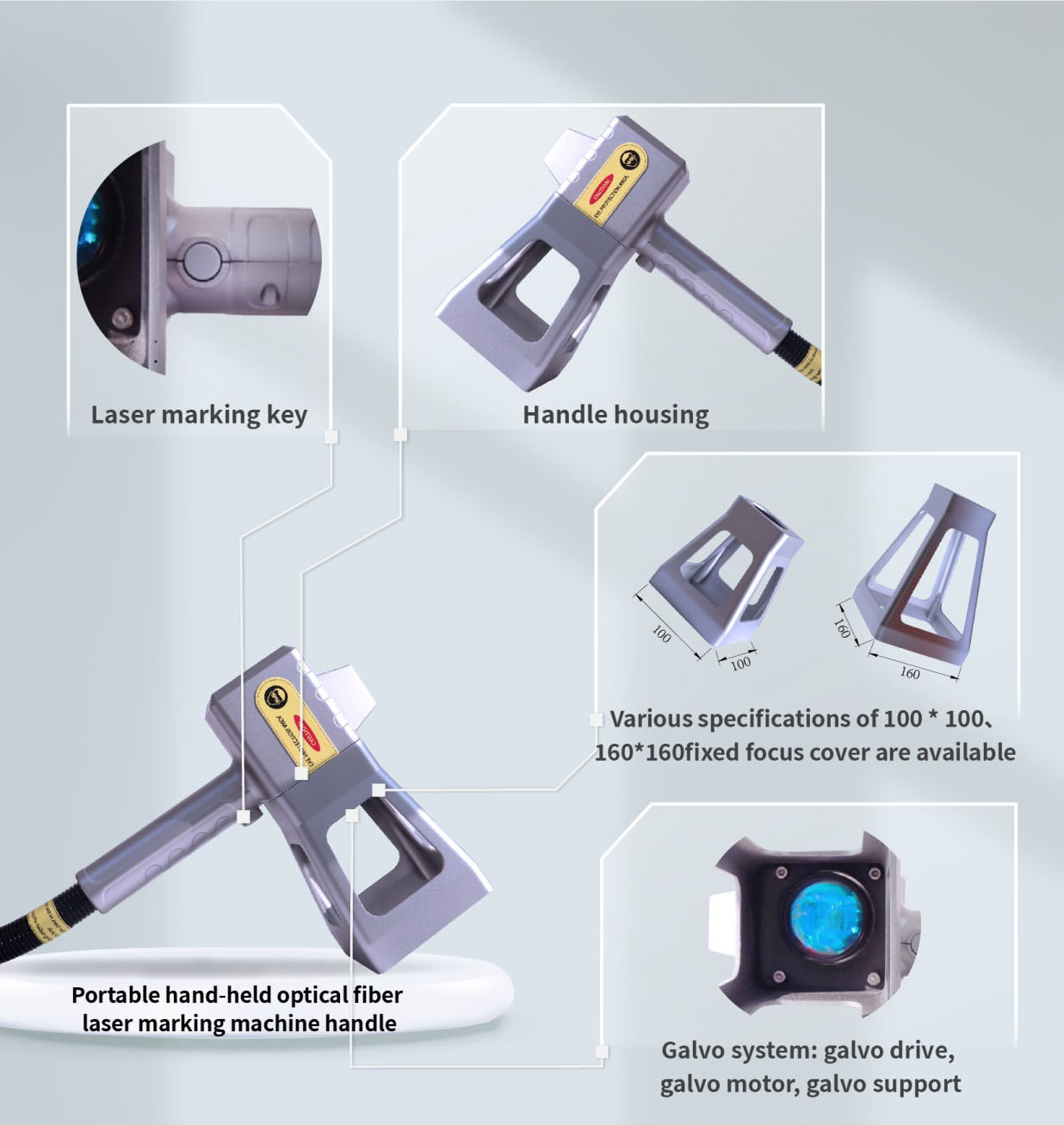What are the differences between the QCW, CW and PW working?
What are the differences between the QCW, CW and PW working modes of laser source?
Laser source is a device that transfers energy from an active medium to an output beam. The working mode of the laser source has an important impact on the performance and application of the laser source. In the operation of laser source, QCW (pulse modulation width), CW (continuous wave) and PW (pulse wave) are common operating modes. There are clear differences between these working modes, which will be analyzed in detail below.
QCW (pulse modulation width) operating mode means that the laser source operates in the form of pulses, and the duration (width) of each pulse is limited. QCW laser source typically emit pulses repeatedly at a high frequency, with certain intervals between pulses. The width of the pulse can be modulated as needed to control the laser source output power and pulse energy. This working mode is suitable for application scenarios that require high time resolution, such as radar systems, medical equipment, etc. In these applications, the QCW laser's high-energy short pulses can provide precise measurements and therapeutic effects.
CW (continuous wave) operating mode means that the laser source works in a continuous manner, and the energy of the output beam remains constant and uninterrupted. The output power of CW laser source is relatively low but can remain stable. CW working mode is suitable for applications that require continuous output of laser energy, such as fiber optic communications, material processing, etc. In these applications, CW laser source provide stable laser energy for continuous needs in signal transmission or material processing.
PW (pulse wave) operating mode means that the laser source operates in the form of a single pulse. Each pulse has high energy and short duration. PW laser source are typically used in applications that require high-energy short pulses, such as laser cutting, laser drilling, etc. In these applications, the high-energy pulses of PW laser source can complete material processing tasks quickly and accurately.
In addition to the differences in working modes, QCW, CW and PW laser source also have obvious differences in other aspects.
First, the QCW laser source has a higher pulse repetition rate and shorter intervals between pulses, so it can generate a large number of pulses in a shorter period of time. CW laser source operate in a continuous manner with no intervals between pulses. In the PW laser operating mode, the interval between pulses is also relatively long.
Secondly, the output power and pulse energy of the laser source are also different in the three working modes. Because the QCW laser source emits pulses at a high frequency, it can output a large pulse energy per unit time. CW laser source operate as continuous waves, so their output power is relatively low. The energy of each pulse of the PW laser source is larger under the pulse waveform, but the interval between pulses is longer, so the energy output per unit time is relatively low.
Thirdly, the three working modes also have different application requirements and performance requirements. QCW laser source are suitable for applications that require high temporal resolution and can provide high-energy short pulses. CW lasers are suitable for applications that require continuous output of laser energy and have stable output power. PW laser source are suitable for applications requiring short pulses of high energy to complete material processing tasks quickly and accurately.
To sum up, there are obvious differences between the QCW, CW and PW working modes of laser source in terms of working mode, output power and pulse energy. Selecting the operating mode for a specific application can best meet your needs and improve laser performance.




